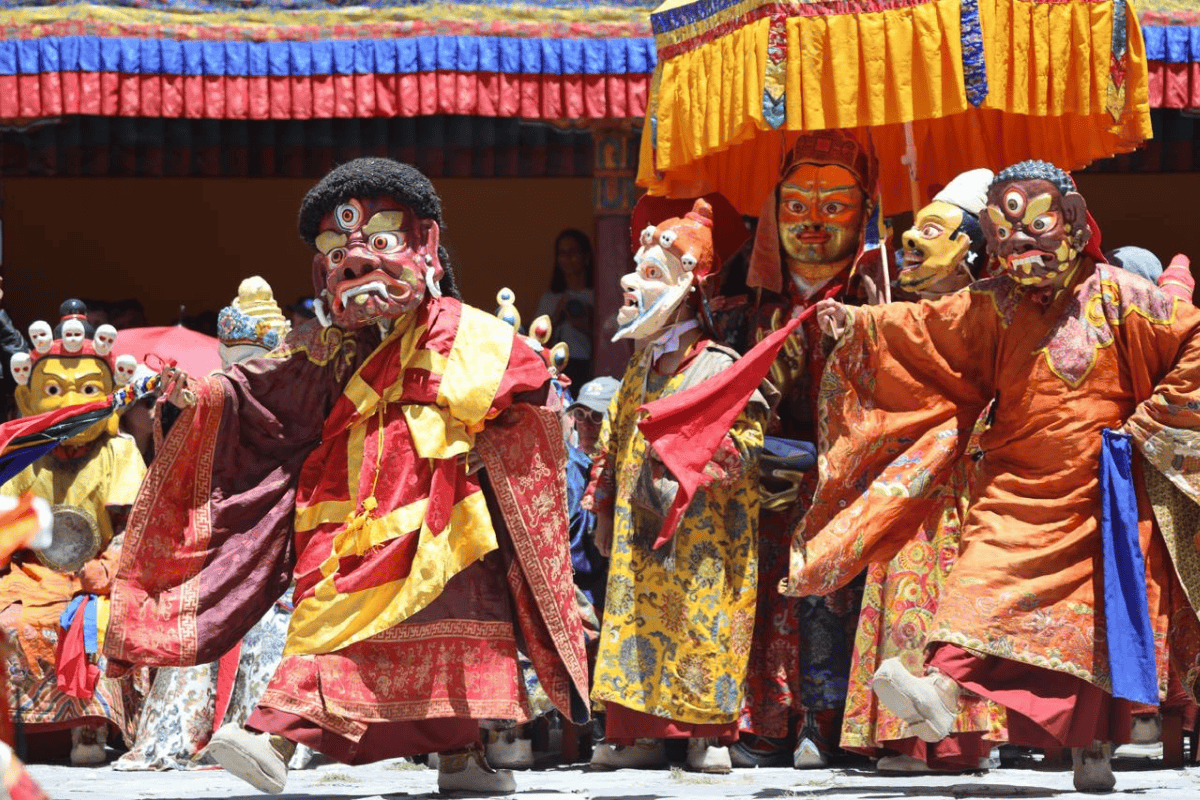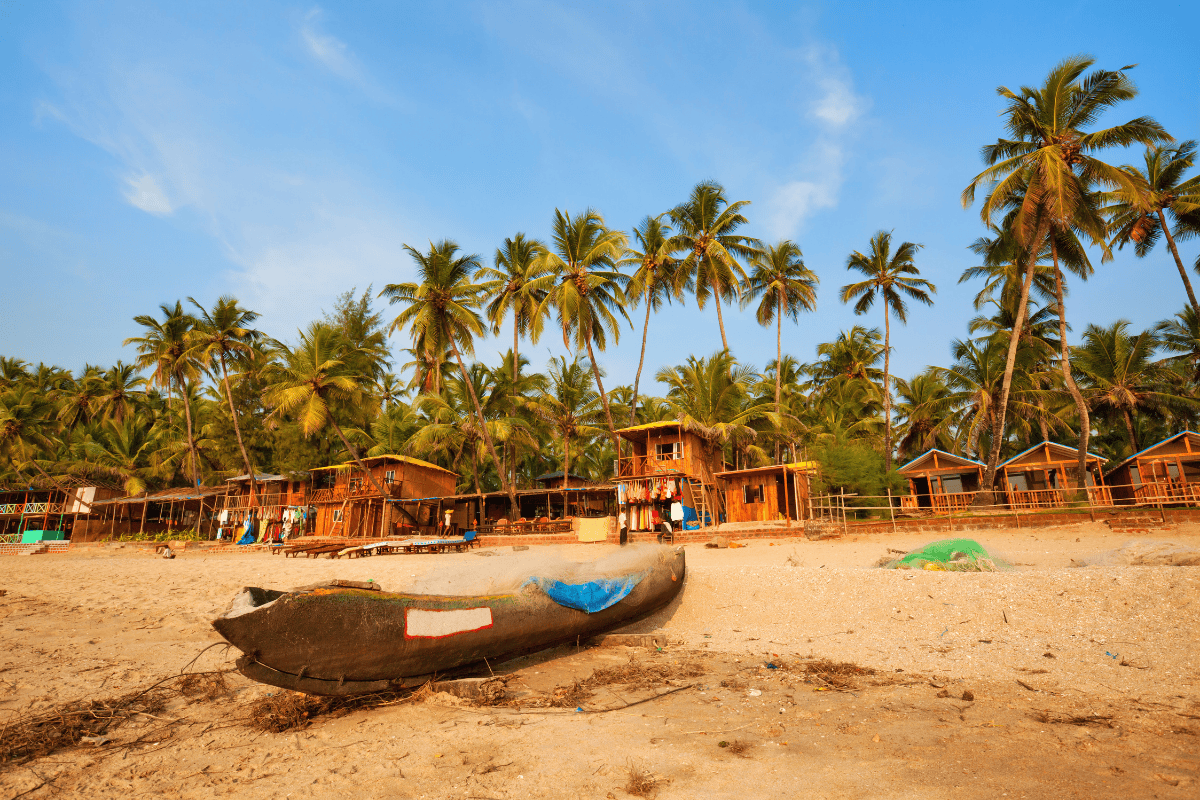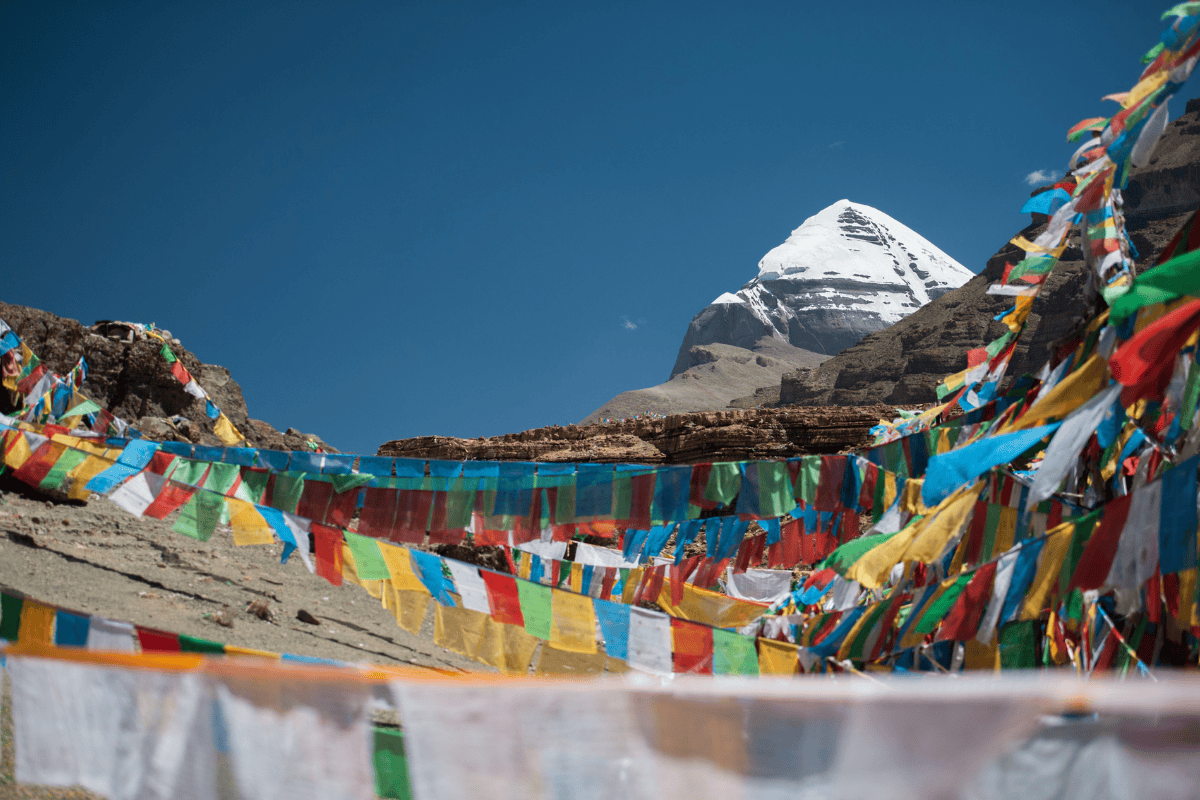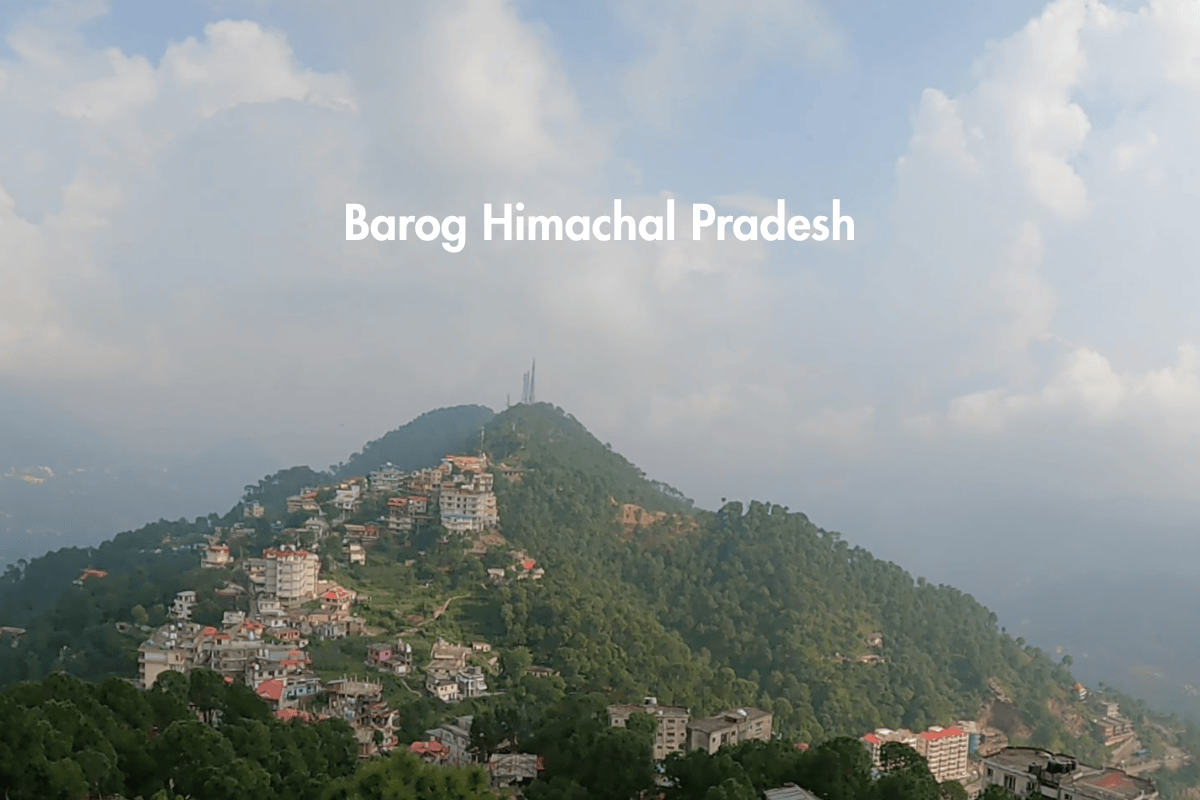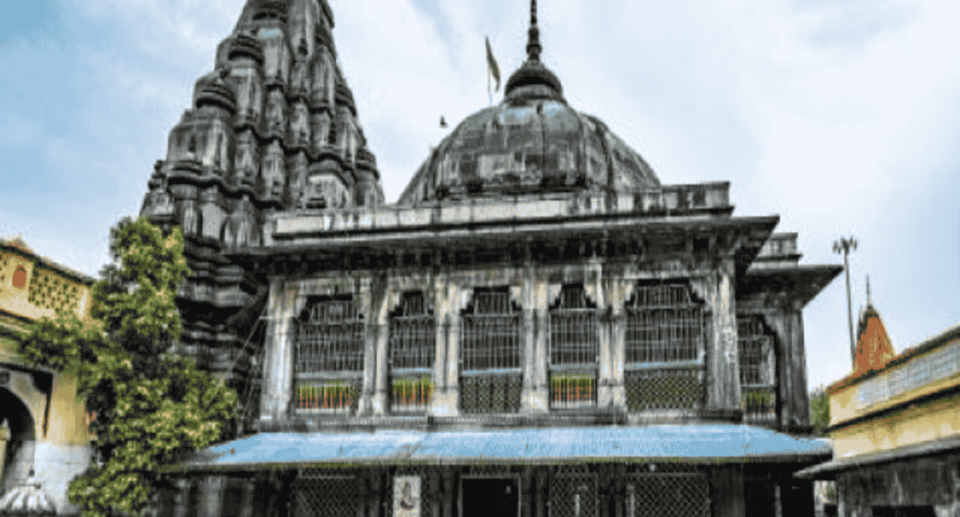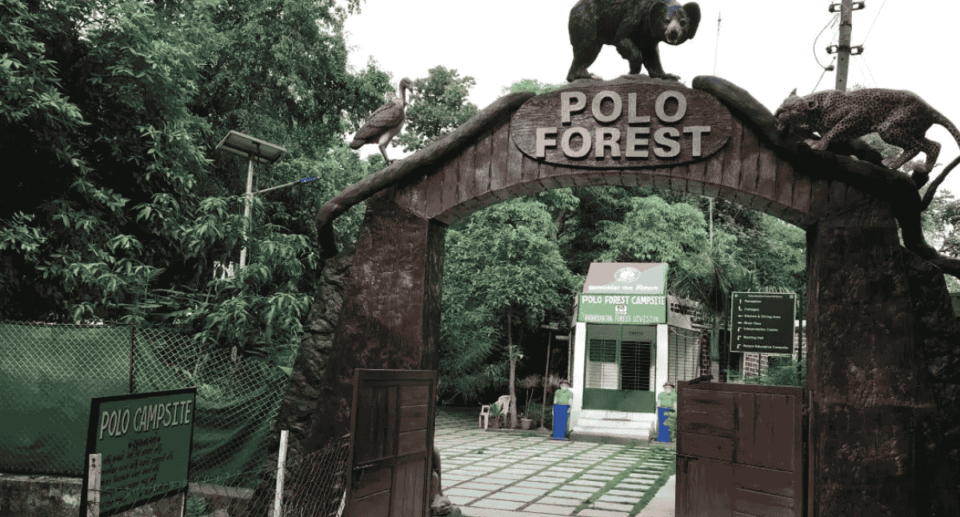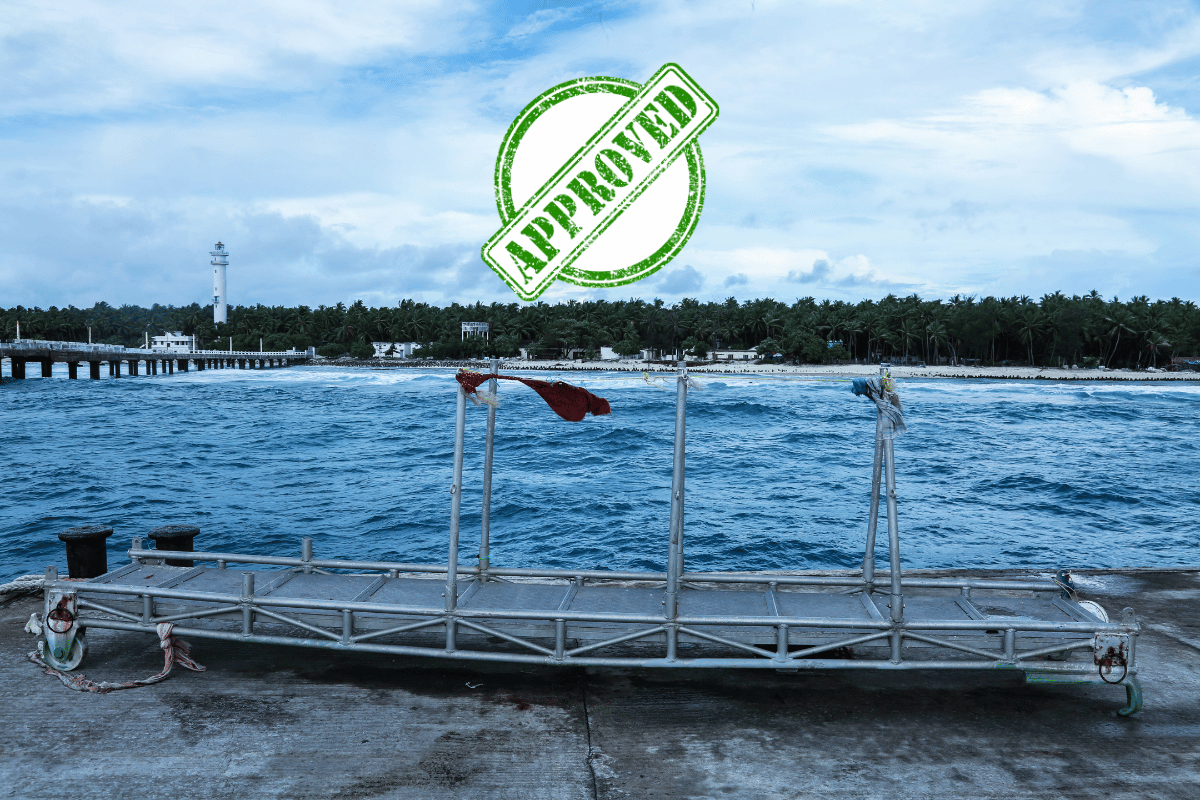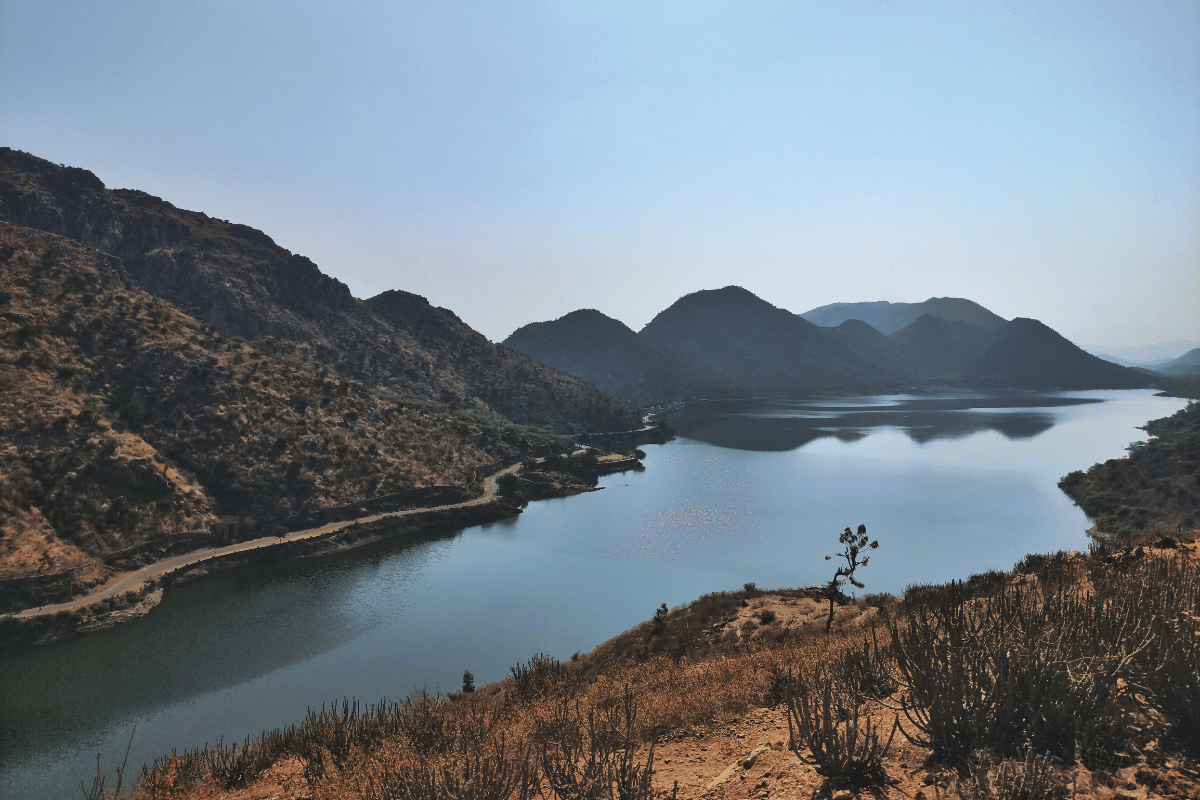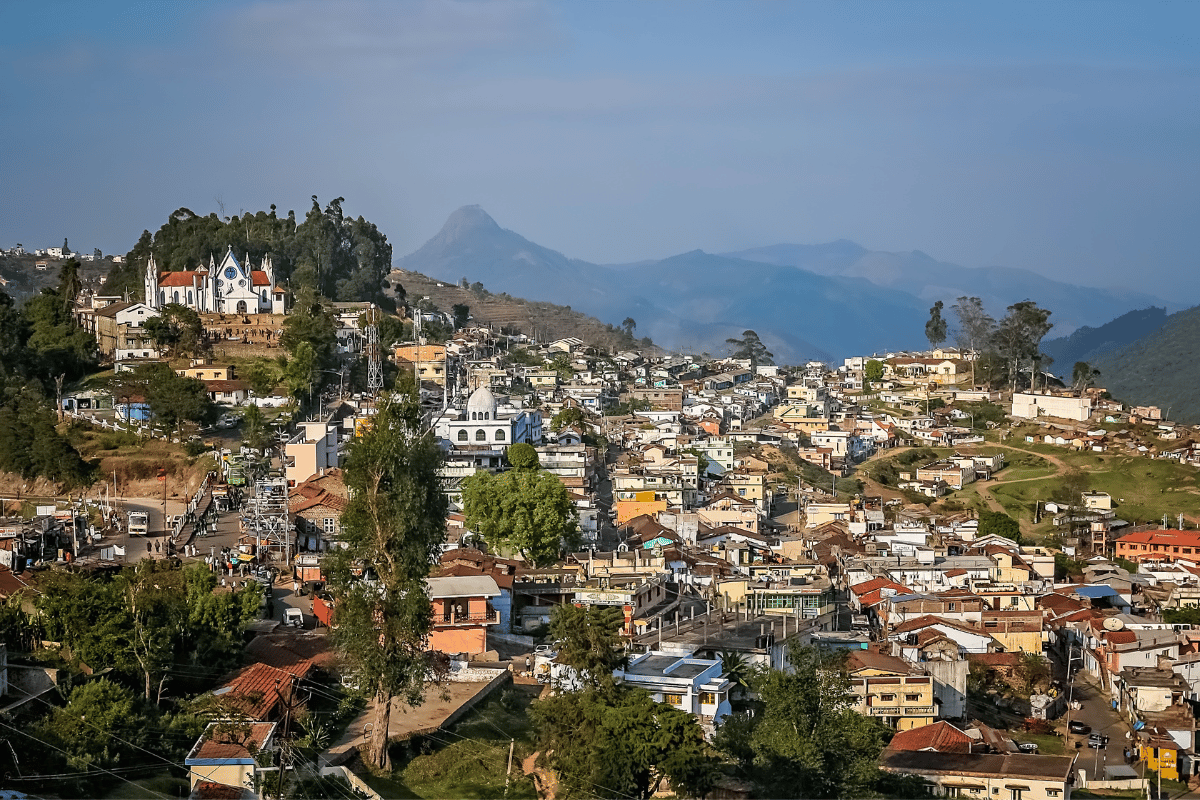Meghalaya’s Double Decker Living Root Bridge: Steps, Trek and Images
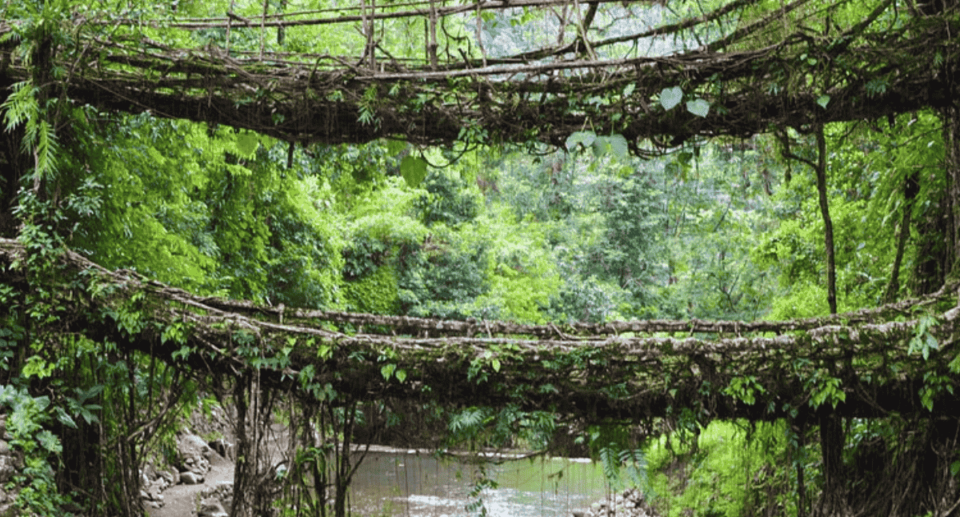
The Double Decker Living Root Bridge is an excellent instance of bioengineering via the indigenous Khasi and Jaintia tribes, nestled in the lush landscapes of Meghalaya, India. These bridges, crafted from the aerial roots of the Ficus elastica tree, are not just pathways; rather, they are dwelling, growing systems that could ultimately last for loads of years. Among them, the Double Decker Living Root Bridge in Nongriat village is, in fact, the most well-known, drawing adventurers and nature lovers from around the sector.
Table of Contents
The Beauty of the Double Decker Living Root Bridges
The Double Decker Living Root Bridge is located in the dense forests of Cherrapunji and Nongriat village of Meghalaya. The roots of Aphicus Elastica (rubber tree) make this bridge, which takes the form of a strong and durable structure over time through a natural process. Its most special feature is that builders construct it in two levels, which has given it the name “Double Decker.” This bridge is about 30 meters long and 100 feet high, which is becoming even stronger with time.
Greenery and natural views
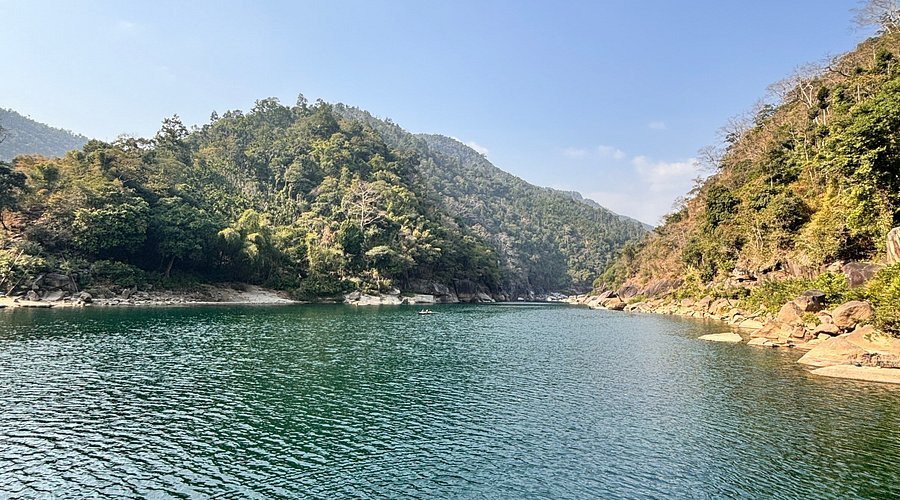
This place is a paradise for nature lovers. The lush green valleys, waterfalls, and chirping of birds all around make this place even more beautiful. This bridge looks even more charming during monsoon when the surrounding waterfalls flow at full speed and drench the bridge with water droplets.
Cultural Significance
The Double Decker Living Root Bridges are more than just herbal wonders; they’re a testomony to the ingenuity and sustainable practices of the local tribes. The Khasi human beings have exceeded the artwork of guiding and nurturing the roots for generations. This exercise reflects deep information in their environment and a dedication to dwelling in concord with nature.
Visiting these bridges additionally offers a cultural immersion. You’ll have the opportunity to have interact with the locals, study their traditions, taste traditional Khasi delicacies, and witness their precise manner of life. The simplicity and heat of the human beings upload to the general enriching experience.
Experience of adventure and thrill
There is a trekking trail to reach the Double Decker Living Root Bridge, which proves to be an exciting journey for adventure lovers. During this journey, you can reach the bridge by climbing more than 2000 stairs. Dense forests, and small and countless waterfalls on the way make this journey memorable.
A special attraction for tourists
- Two-story natural bridge: This is a unique bridge of its kind in the whole world, which has been built in collaboration with nature.
- Calm atmosphere: After reaching here, you will experience a different kind of peace, which is far away from the hustle and bustle of any city.
- Photography and Nature Walk: Capturing every scene here on camera is a wonderful experience.
- Opportunity to get acquainted with the local culture: One gets an opportunity to know closely the lifestyle, food, and culture of the Khasi tribe people here.
How to Reach Double Decker Living Root Bridge?
Starting Point: Shillong –
The capital of Meghalaya, Shillong, is properly linked through avenues from Guwahati to Assam. Guwahati Airport is the closest foremost airport, about one hundred km from Shillong. From Guwahati, you may lease a taxi or take a shared cab to Shillong, which offers scenic strength through the hills.
Shillong to Cherrapunji (Sohra) –
From Shillong, rent a taxi or take a nearby bus to Cherrapunji, around fifty-four km away. The journey offers scenic perspectives of rolling hills and valleys, with numerous viewpoints alongside the manner. Don’t miss the beautiful Shillong Peak and Elephant Falls on via route.
Cherrapunji to Tyrna Village –
Tyrna is the base village for the trek to the Double Decker Root Bridge. It’s a 20 km force from Cherrapunji. The street is narrow and winding but gives lovely vistas of lush greenery and remote waterfalls.
Trek to Nongriat Village –
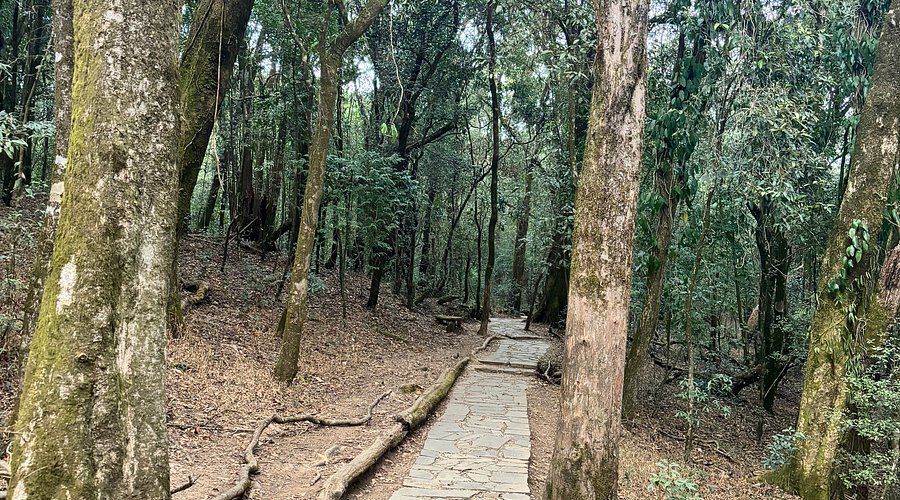
The trek includes descending over three,000 steps through dense forests, crossing slender bridges, and small streams. It takes about 1.5 to 2 hours, depending on your speed and health. The trek itself is a journey, with each flip revealing new herbal wonders. You’ll skip via way of conventional Khasi homes, small waterfalls, and putting bridges that sway gently with every step.
Nearby Attractions to Double Decker Living Root Bridge
Nohkalikai Falls:
The tallest plunge waterfall in India, located near Cherrapunji, offers breathtaking views. The waterfall drops from a height of 340 meters, creating a notable sight, especially during a few unspecified times in the future of the monsoon season.
Mawsmai Caves:
Geologists acknowledge limestone caves for their slender passages and fascinating rock formations. They illuminate these caves to exhibit the stunning stalactites and stalagmites, making it an interesting exploration for journey seekers.
Dainthlen Falls:
A much less crowded spot with panoramic perspectives and a legend related to a large snake. The tale adds a magical attraction to the herbal beauty of the falls.
Mawlynnong Village:
Dubbed the cleanest village in Asia, it is recognized for its neatness, skywalk, and balancing rock. The village offers a glimpse into the Khasi manner of existence, with fantastically maintained gardens, bamboo dustbins, and green practices.
Rainbow Falls:
In additional trek from the Double Decker Root Bridge, acknowledged for the stunning rainbows fashioned via the waterfall mist. The trek to Rainbow Falls is challenging however profitable, with pristine natural beauty and the risk to spot uncommon butterflies and distinguished birds.
Activities to Do on the Double Decker Living Root Bridge
Visiting the Double Decker Living Root Bridge is not just about witnessing its architectural wonder; numerous activities enhance the revel in:
- Photography: The bridge and its environment offer lovely herbal backdrops perfect for picture fans.
- Swimming: Just underneath the bridge, there are natural swimming pools with crystal-clear water where visitors can take a refreshing dip.
- Bird Watching: The dense forests around Nongriat are domestic to various chook species, making it a wonderful spot for hen watchers.
- Nature Treks: Observe the vicinity’s trails that house greenery, waterfalls, and numerous species.
- Visit nearby villages: the nearby villagers, who are Khasi tribe people, to understand their lifestyle, culture, and sustainable behavior.
- Trek to the Rainbow Falls: For adventure lovers, take the trek behind the bridge to Rainbow Falls, known to create colorful rainbows with fog from waterfalls.
Common FAQs at Living Root Bridge Meghalaya
- Who constructs the Double Decker living root bridges?
- The Khasi and Jaintia people of Meghalaya construct these bridges using an Indian rubber (Ficus elastica) tree’s roots which are woven into suspension bridges across two rivers.
- Is the journey to these bridges difficult?
- Although the steps that pave the way to most of these bridges are well-built, the journey can be rather arduous and steep. One must be prepared to trek or climb up and down these steps for at least 30 minutes.
- How old is a Double Decker living root bridge?
- Living root bridges are acknowledged to be over one hundred years old if nicely maintained and kept under the right situations.
- How long does it take to trek to the Double Decker Living Root Bridge?
- The trek from Tyrna Village to the bridge takes about 1.5 to 2 hours, depending in your fitness stage and pace.
- Are there food options available near the bridge?
- Basic food options are available in Nongriat village, but it’s advisable to carry some snacks and water for the trek.
- Is the Double Decker Living Root Bridge child-friendly?
- While the trek can be challenging for young children due to the steep steps, older children with good fitness levels can manage it with supervision.
Conclusion
Visit Meghalaya’s Double Decker Living Root Bridges is more than a trek; It is by far the absorbing harmony of human innovation and nature. The journey through a quiet landscape, colorful cultures, and natural miracles make it a place for every holiday.
Whether you’re an adventure seeker, a nature fanatic, or a lifestyle explorer, the Double Decker Living Root Bridges of Meghalaya maintain the promise of an unforgettable revel in. This destination is one-of-a-type, not just for its cultural richness and sustainable engineering but also for its sheer natural splendor.

